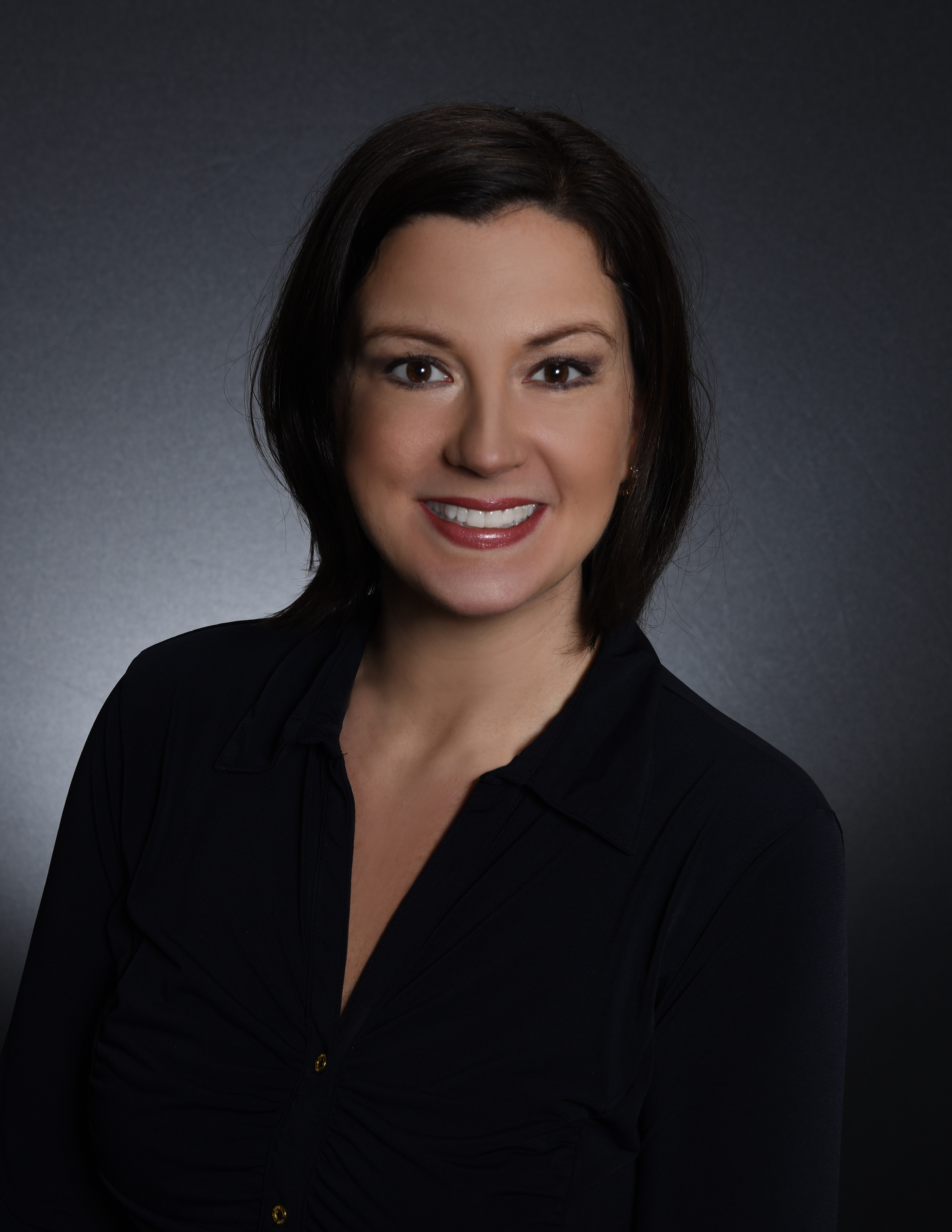
Photo by Gino Crescoli via
Private Mortgage Insurance (PMI) may be a common term in home buying, but not every home buyer understands exactly what it will mean for their finances. This short guide will give you the basics, so there are fewer surprises down the line.
PMI is a type of insurance that lenders purchase in case the homeowner defaults on their loan. While the lender will take possession of the home if the owner can't pay their mortgage, they still have to cover the costs of a home sale (e.g., hiring a real estate agent, paying closing costs) as well as possible depreciation. It's the lender who takes out the PMI policy, but it's the homeowner who pays for it.
Lenders typically require homeowners to pay PMI if they're unable to put down at least 20% of the home's purchase price. So if the home is $100,000 and the buyer can only put down $10,000, they would need to pay for PMI. Because very few owners are able to come up with such large sums, PMI is a common part of home buying.
Like most insurance policies, PMI can range in terms of total costs. The standard amount is .3 to 1.5% the total cost of the home per year. Homeowners aren't expected to pay the insurance company directly. Instead, PMI payments are rolled into the house payments, and the lender uses the designated amount for PMI to pay the insurance company.
Homeowners will continue paying PMI until they reach 20% equity in their home. This is just one of the many reasons why homeowners are encouraged to put as much money as possible into their initial payments. The sooner they start tackling the principal of the loan, the less they'll pay in interest and PMI. That per-year percentage can really add up over time — especially if your interest rates are on the higher side.
PMI was designed as a way to prevent lenders from having to raise interest rates. If lenders had to absorb the losses from every default buyer without the help of PMI, they would have to spread the costs out to everyone. PMI is based on the premise that homeowners with less equity in their home (i.e., under 20%) are more likely to default. This way, not everyone has to shoulder the costs with higher rates spread out across the board.
If you want to know more about what PMI will mean for your finances and how you can mitigate its effects, contact me today to learn more about what you can do.

My name is Karen Svites. I am a top producer, real estate consultant for buyers, sellers and investors in the Asheville area for over 17 years. I have lived in North Carolina since 1994 and have called Asheville my home and place to raise my wonderful children. I am blessed to live here and be a part of this vibrant community. I enjoy the people, seasons, culture and many outdoor activities available to me.